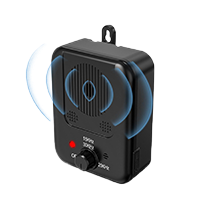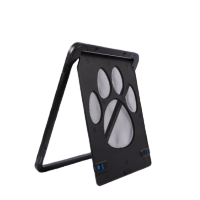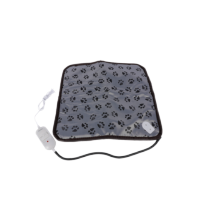Anti-barking control devices are tools designed to help curb excessive barking in dogs. These devices work by emitting sounds, vibrations, or other stimuli to deter dogs from barking excessively. Here’s a closer look at some common types of anti-barking control devices:
Ultrasonic Bark Deterrents: These devices emit high-frequency sound waves that are unpleasant to dogs but often inaudible to humans. When the device detects barking, it automatically emits the ultrasonic sound, which interrupts the barking behavior. Ultrasonic bark deterrents are typically compact and can be used indoors or outdoors.
Citronella Collars: Citronella collars are wearable devices that release a burst of citronella spray near the dog’s nose whenever it barks excessively. The citronella scent is unpleasant to most dogs, serving as a deterrent to further barking. Citronella collars are considered humane and can be effective in reducing barking behavior without causing harm to the dog.
Vibration Collars: Vibration collars deliver a gentle vibration or vibration pattern to the dog’s neck when it barks excessively. The vibration is intended to distract the dog and interrupt the barking behavior without causing discomfort or harm. Vibration collars are often used as a more subtle alternative to shock collars.
Shock Collars (Static Correction): Shock collars, also known as electronic or e-collars, deliver a mild electric shock to the dog’s neck when it barks excessively. The shock serves as a deterrent to barking behavior. However, shock collars are controversial and are considered by some to be aversive training tools. It’s essential to use shock collars cautiously and under the guidance of a professional trainer to ensure the safety and well-being of the dog.
Remote Control Devices: Remote control anti-barking devices allow the dog owner to manually activate deterrent stimuli, such as ultrasonic sound or vibration, using a handheld remote. This type of device provides the owner with more control over when and how the deterrent is applied, allowing for targeted training and behavior modification.
When considering using an anti-barking control device, it’s crucial to choose one that is appropriate for your dog’s size, temperament, and specific barking behavior. Additionally, it’s essential to use these devices in conjunction with positive reinforcement training techniques and to avoid relying solely on aversive methods. Consulting with a professional dog trainer or behaviorist can help ensure that you use anti-barking control devices effectively and humanely.





